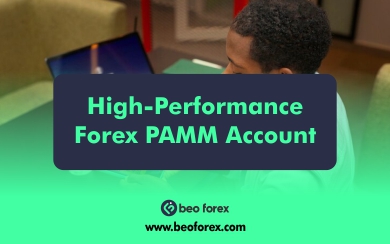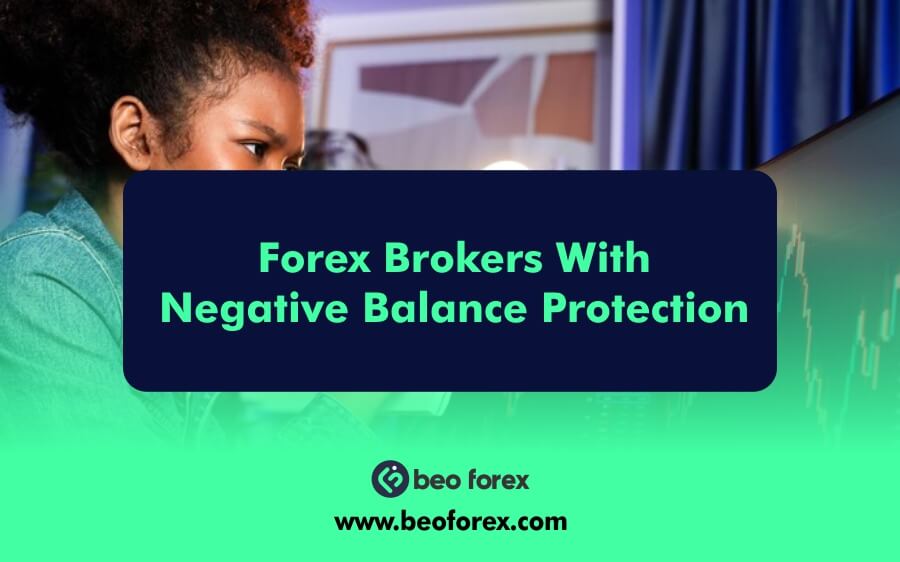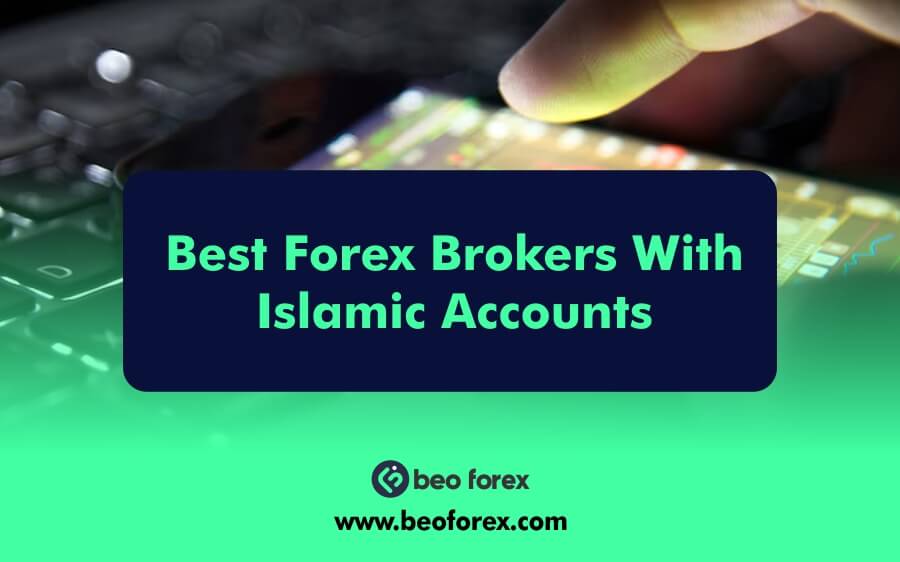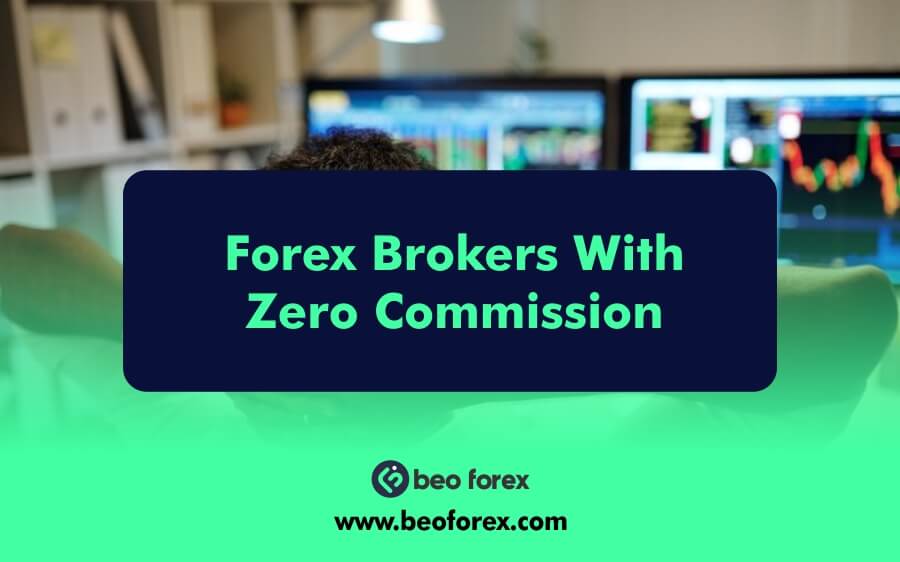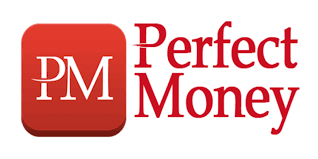How to Spot a High-Performance Forex PAMM Account involves understanding various critical metrics and indicators that may help you make informed investment decisions. PAMM, or Percentage Allocation Management Module, accounts let individual investors allocate funds to professional forex traders. These accounts enable you to benefit from the trader’s expertise without necessarily having in-depth market knowledge. Not all PAMM accounts deliver high returns, and choosing the right one is very important in terms of your investment success.
The number of KPIs to analyze in detail to identify a high-performance PAMM account is huge. The basic metric is historical performance: the more stable the return overtime, the more reliable and skillful it is. Of equal importance is drawdown analysis, which captures the potential loss from a peak to a trough in an account’s value. Understanding the degree of acceptable drawdown, in relation to a manager’s trading strategy, will help you evaluate the risks involved. Additionally, risk-adjusted return analysis through tools such as the Sharpe Ratio may also be useful to assess how well the PAMM manager balances the scales of risk and reward, further helping you make your decisions. In this guide, we will be looking at the basic criteria that define high-performance PAMM accounts, and how you can consecutively make informed investment decisions in the forex market.
Key Performance Indicators (KPIs)
When it comes to making an investment into a Forex PAMM account, it is very important to be aware of key performance indicators, which should serve as the basis for making an investment decision. Therein, all the potential returns and risks of each account will be represented and give necessary contrast whether the particular strategy under the chosen PAMM manager proves to be effective or not.
Return on Investment (ROI)
It expresses the profitability ratio of the PAMM account in relation to the invested capital. It is expressed as a percentage, and the higher this value is, the better the performance will be. For a more thorough comparison in the selection of the most profitable PAMM accounts, a more detailed research regarding the obtained ROI is needed. Quite often, good ROI is a main criterion of choice because it speaks directly about the size of the profit one may get.
Drawdown
The size of an account’s decline from its peak to its trough during a given time period. One needs to understand both absolute and relative drawdown since they represent risk in different ways. Absolute drawdown deals with the dollar size of loss, whereas the relative drawdown represents the loss as a percentage of value at its peak. The ability to measure drawdown assists investors in judging the potential for recovery in bearish conditions of the market, hence making the risk more understandable.
Consistency of Returns
This metric evaluates a PAMM account in respect of the stability and predictability of its returns over time. Often, consistency is quantified using standard deviation where the low standard deviation means more stable returns. A consistent return profile is important in effective risk management since erratic returns tend to portend volatility and make it difficult for investors to lay out plans for their financial goals.
Risk-Adjusted Return Metrics
It is very important to understand the relationship that exists between risk and return, and that is where the introduction of risk-adjusted return metrics comes into play. The Sharpe Ratio measures the return earned in excess of the risk-free rate per unit of volatility. This gives some indication of how well the account compensates for its risk. A higher Sharpe ratio indicates a more favorable risk-return profile. On the other hand, the Sortino Ratio isolates downside volatility because it measures return per unit of downside risk. Thus, it turns out to be an appropriate measure for investors who are more worried about potential losses than volatility as a whole.
Trading Strategy Transparency
One of the key points that are taken into consideration with respect to a PAMM account strategy is the principle of transparency, which is considered paramount in making investment decisions and achieving desired results. Simply put, awareness of a manager’s trading style leads the investors to decide if their approach fits personal financial objectives and risk tolerance.
Types of Trading Strategies
Some of the PAMM managers use the following trading strategies:
- Scalping: It involves a very short-run approach whereby one trader performs quite a number of trades during a single day to profit from minute changes in prices. Scalpers would normally keep their position for some seconds or up to minutes, depending on quick decisions based on technical analysis.
- Swing Trading: Swing trading aims at capturing price movements over a period of several days or weeks. It involves a mix of technical and fundamental analysis. It gives traders the opportunity to catch bigger price swings compared to scalping.
- Position trading: is typically a long-term approach wherein the primary focal point is on fundamental analysis. In position trading, it is possible to hold positions for weeks, months, and even years. With this approach, the traders are looking for major price movements based on economic trends, not on the short-term fluctuations.
Manager’s Experience and Reputation
As an investor in the PAMM account, there is a great need for you to have your money invested in an account that the manager has resources of experience and reputation to hold decisive contributions toward the successfulness of your investment. A skilled and reputable manager can manage forex market challenges with higher chances of performing well for the investors.
1. Background of the PAMM Manager
An analysis of the manager’s experience could be allowed by looking at his or her background and qualifications. Key things to consider include:
- Experience: Long-time-experienced managers in forex trading have deeper insights in understanding market dynamics and may make better decisions. Ensure the managers you consider are ones who have been active in the forex markets for several years, thus more than likely having had to weather a variety of different market conditions.
- Track Record: Look at the manager’s past performance and victories as a trader. Returns that are consistent over a time period reflect skill and an appropriate understanding of strategies to trade. Be wary of managers with a short-term track record as it may not be indicative of full capacity.
2. Reviews and Ratings
In addition to background checks, it’s essential to consider third-party reviews and ratings of the PAMM manager. This can provide valuable insights into their reputation within the trading community. Key points to look for include:
- Community Feedback: Most of the providers of PAMM accounts allow reviews and ratings based on the experiences customers have had. Take a moment to actually read those comments to see how reliable, communicative, and effective a manager is.
- Independent review websites: focused on forex and PAMM accounts. A number of websites provide aggregate ratings, reviews, and other detailed feedback, which can give you more of an idea about the manager’s overall reputation.
Investment Terms and Conditions
Understanding a PAMM account investment terms and conditions is central to any effort towards informed decision making and good investment experience. These conditions outline how your funds will be managed, and can have significant impacts on potential returns. Key components to consider include:
Minimum Investment Requirements
The minimum investment that a PAMM manager may require can vary by a great deal. It’s very important to take into consideration how that requirement fits your budget and financial goals. Consider the accessibility of the investment-high minimums can greatly limit options if you have a smaller capital base. Also, consider how these minimums will impact your ability to scale your investment over time, especially if the manager allows for incremental investments.
Commissions and Sharing of Profits
Commissions and sharing of profits are major aspects concerning PAMM accounts that can influence the overall return to the investor. Most charge a management fee against the total assets under management, which can be highly variable. Performance fees are also common, usually a percentage against the net profit above a certain benchmark. While this aligns the manager’s incentives with your investment goals, it can also reduce your net profits. Understanding the terms of profit sharing-how and when the profits are distributed, for instance-is part and parcel of trying to deduce the potential profitability of the account.
Withdrawal Policies
It is very important that you know the withdrawal policy of the PAMM account for your knowledge of how liquid money will be. Some managers will have monthly or quarterly withdrawals, while others may not; check on that. Find out what notice period is given for withdrawals, if any, and fees, if applicable, for access to your funds.
Risk Management Practices
Risk management practices ensure the sustainability and profitability of investments in the PAMM accounts. In this regard, understanding the manager’s strategy for mitigating risks informs investors of their confidence level and ways to protect their capital. Some of the key factors to consider while evaluating a risk management practice of a manager include:
1. Risk Assessment Strategies
Effective risk management starts with a wide review of the possible risks. Given that, a good PAMM manager will consider the following strategies, among many others:
- Market Risk Evaluation: This considers the study of market conditions and trends in order to anticipate adverse movements of the markets that may hurt their trading strategies. On this, managers may be based on economic indicators, geopolitical events, and market volatility when making decisions.
- Position Sizing: Proper position sizing is also critical for limiting one’s risk. The effective manager will know how much to invest per trade in line with the set risk level and overall portfolio size to minimize losses in case a single trade goes wrong.
2. Stop-Loss and Take-Profit Orders
The setting of stop-loss and take-profit orders can be of real essence for an active investor managing his risk. Below are some good practices to consider:
- Stop-Loss Orders: An order that automatically closes a certain position once the price of an asset reaches a specified level, for the purpose of minimizing further loss. A good manager will establish stop-loss levels according to his trading strategy and risk tolerance so that his losses are within an acceptable level.
- Take-Profit Orders: Take-profit orders assist in crystallizing your gains and preventing reversals of lucrative trades through the closure of positions when the target price has been reached.
3. Diversification Strategies
It is the major tool for controlling risk, which spreads risk across different assets or trading strategies. When assessing the approach of a manager, you should look at:
Asset allocation: The well-diversified portfolio holds a mix of currency pairs and trading strategies, hence less exposure to volatility in any one asset, and lower overall portfolio risk.
Correlation Analysis: A prior idea of the correlation amongst the assets will definitely help in effective diversification. Managers have to analyze the moves of different currency pairs in relation to one another and choose those assets that do not move together, so that risks are minimized.
4. Risk Monitoring on a Regular Basis
Effective risk management includes continuous monitoring of risk factors. A professional PAMM manager needs to revise his strategy from time to time and correct the risk parameters in accordance with changing market conditions. Such a proactive approach allows for timely reaction to new types of threats and keeps risk management practices in tune with market dynamics.
Frequently Asked Questions (FAQs)
How easily can I withdraw from a PAMM account?
- Certain managers and platforms have various policies regarding withdrawals. Some may allow withdrawals at any time, although others could impose restrictions or notice periods. It is very important to check the terms and conditions related to withdrawals before investment.
How do I track my PAMM investment performance?
- Monitor your PAMM investment through regular performance reports prepared by the manager. Indeed, such reports should be provided with detailed information on returns, drawdowns, and trade performance. Besides, some platforms offer real-time performance tracking by means of dashboards.

